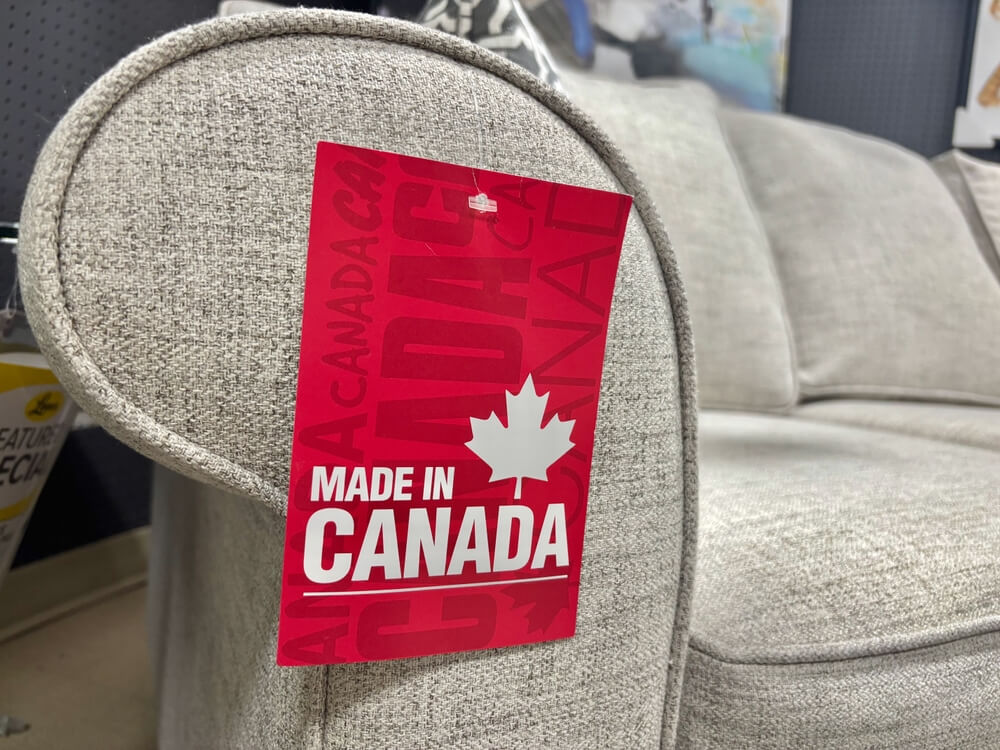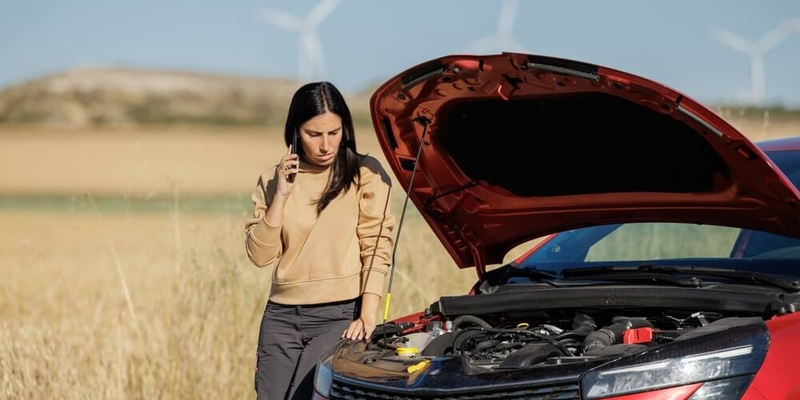
If you are not redirected within 30 seconds, please click here to continue.
Samedi: 10h – 16h HAE

If you are not redirected within 30 seconds, please click here to continue.
If you are not redirected within 30 seconds, please click here to continue.
How do cashback rewards work on a credit card?

Advertiser disclosure: Rates, product information and reward estimates are subject to change at any time and do not constitute financial advice. This post was not sponsored. RATESDOTCA may receive a referral fee from our partners or affiliate links featured on the site; however, our editorial choices are objective and free from bias. Read our full disclaimer.
A credit card is so much more than a simple piece of plastic that lets you buy fancy tech gear, or pick up a coffee tab here and there. Increasingly, depending on what you’re packing in your wallet, it can be a club membership, a budgeting tool, an all-access pass to hot-ticket events, a very generous travel companion or the savviest coupon collector around.
Most credit cards fall under one of two categories: Travel rewards cards, which incentivize spend by offering points that can be converted into deals on flights and hotels; or cash back cards, which reward the cardholder with, well, cash.
If you're a responsible spender and manage your debt well, cashback can be a valuable tool in your pocket.
Here's a breakdown of how cashback cards work, and how to make the most money from your spending.
What is a cashback credit card?
A cashback credit card is a rewards credit card that offers a small percentage of your purchases back in cash. Cashback cards come in many forms.
Some are affiliated with specific stores, giving you more reasons to go back to your favourite brands. Some prioritize certain types of purchases to give you bigger rewards for groceries, gas, or pharmacy purchases. And yet others offer cash back across all spending categories netting you a small amount of money back every time you tap your card. There’s a million different ways to get cashback, depending on the card you choose.
The Money-Back Credit Card from Tangerine, for example, offers 2% cashback on any two to three categories of the cardholder’s choosing and 0.5% on all other purchases. As a welcome offer, new cardholders can get an extra 10% cashback on all categories within the first two months of opening a card before October 31.
Plus, until August 31, RATESDOTCA will throw in a $150 cash bonus to every successful applicant.
As different as they are individually, most cash back cards follow a simple rewards structure: When you spend in the desired category, you earn a fixed percentage of your purchases back as cash — usually 0.5% to 5%. If you have a 2% cash back card and spend $100, you have earned $2.
While that may not sound like much, it can add up quickly. Plus, with higher earn rates on certain categories or with popular brands, cardholders can rack up a decent return just by picking a card that complements their spending habits. (Note: Typically, cards don't offer cash back on cash advances or balance transfers, or transactions related to gambling.)
Cashback differs from rewards points, where every dollar you spend is converted into points which can then be used to save money on flights, hotels, or merchandise, with different assigned point values on each category.
How is cash back distributed?
Some cards may give you the option of how to receive your cash back. Some will let you deposit the reward to your linked bank account; you may receive a cheque in the mail, or you can have it applied to your credit card statement.
Benefits of cashback cards
Simple rewards structure
Unlike most rewards programs, which assign different points redemptions values for different purchases (and occasionally only through their program portal), cashback cards follow straightforward math. You get a fixed percentage back on your purchases in cash, which has the same value everywhere.
More cash for your lifestyle
Cashback cards generally offer higher cashback rates on groceries, gas, or pharmacy purchases — areas where people tend to spend most on. If you have a large family to feed, for example. a card that has a higher earn rate on groceries will reward you handsomely in cashback.
Sweet sign-up bonuses
Cashback credit cards often come with sign-up bonuses in the form of high earn rates for the first two or three months. When you enroll, you may be offered immediate cashback or higher earn rates for a limited time — like up to 20% in cashback for your purchases (often contingent on a minimum spend).
Drawbacks of cashback cards
Less tempting welcome offers and perks
Some travel rewards offer thousands of points, worth hundreds of dollars, upon sign up. While cash back cards do have higher cash back rates and complimentary consumer protections like extended warranties and mobile device insurance, it’s hard to compete with a flight’s worth of rewards or the occasional a buddy pass.
High spending threshold for bonuses
To qualify for the higher cashback rates at sign-up, most cashback cards require you to spend a minimum of a thousand dollars or more within the first few months of getting your card.
Limits to amount of cashback you can earn
At the other end of the spectrum, if you do tend to spend more on your card, some cards limit the amount of cashback that you get, either by capping the higher rates to the first $500 you spend per month on the desired category, or by limiting the cashback altogether.
How to choose between cashback cards and travel cards
Between the promise of free (or at least cheaper) travel. and the temptation of getting paid money to spend money, it can be hard to pick between a travel rewards card and a cashback card. Ultimately, the answer comes down to your lifestyle — after all, your credit card should work for you, rather than the other way around.
First, consider your priorities: If you’re an infrequent flier, for example, a travel rewards card may not make sense for you, as most rewards cards offer the best value on air travel.
Second, consider your spending habits. Welcome bonuses attached to travel rewards cards typically don’t require a minimum spend (unless you want to qualify for bigger bonuses); while cashback cards do. If you only use your credit card for bigger purchases and to pay off your bills, you’re likely to reap more benefits from a card with fewer spend-dependent rewards.
However, if you find yourself tapping a lot for groceries, gas, and dinners out; or you tend to go to the same stores a lot, a cashback card can really help you maximize the money that you’re already spending.
The Neo Financial card is one cashback card that operates like a store credit card — it offers high cashback rates for purchases from their many Canadian partners, including department stores and restaurant chains.
It’s worth mentioning that a cashback card and a travel rewards card together can make a winning combination: One offers instant rewards (cash) that can help you with your day-to-day spending, while the other offers aspirational perks, bringing your goal of a dream vacation that much closer.
Search online for the best cash back credit cards
Both travel rewards and cash back cards are generally easy to understand, but some individual credit cards may be better for you than others. If you want to learn more about your best options for credit cards, compare online at RATESDOTCA.
Compare the best credit cards on RATESDOTCA
Find the best credit card for your lifestyle today!
Get money-saving tips in your inbox.
Stay on top of personal finance tips from our money experts!










